The disqualifications of Lewis Hamilton and Charles Leclerc at the United States Grand Prix caused quite a stir over F1's scrutineering habits.
The Mercedes and Ferrari drivers were thrown out of the race after wear to the skid blocks on the plank ensured they no longer confirmed to the Technical Regulations, with Max Verstappen's Red Bull and Lando Norris' McLaren the other cars to have been randomly selected for scrutineering.
Pundits and fans alike questioned the process given no further checks were carried out despite 50 per cent of the original checks came up negative.
But ahead of the Mexican Grand Prix, the FIA has explained at length the scrutineering process and how it ensures fairness is maintained.
Viewed by others:
FIA detail scrutineering process
"A series of random checks are carried out every weekend on different areas of the cars.
"This process has been in place for many decades, and exists to ensure compliance with the regulations by virtue of the fact that the teams do not know before the race which specific areas of which cars might be examined beyond the standard checks carried out on every car each weekend [such as the fuel sample taken from all cars after each Grand Prix].
"This means that, from their perspective, any part of the car could be checked at any time, and the consequences for non-compliance with the Technical Regulations can be severe.
"The FIA’s F1 technical team has a wealth of experience, as well as data from a plethora of sources and sensors that help inform decisions on what aspects of compliance might be checked. The vast majority of the time, all cars are found to be compliant. However, as happened in Austin, breaches of the rules are occasionally found and reported to the Stewards, who decide the appropriate action to take.
"In conducting these tests, a huge amount of work goes on in the limited time available after a Grand Prix finishes and before the cars need to be returned to their teams for disassembly and transportation to the next race. However, even though a wide array of checks are made, it is impossible to cover every parameter of every car in the short time available – and this is especially true of back-to-back race weekends when freight deadlines must also be considered.
"This is why the process of randomly selecting a number of cars for post-race scrutineering across various aspects of the regulations is so valuable. Each team is aware that selection is possible and understand that the chance of any lack of compliance being uncovered is strong."
"The scrutineering process isn’t limited to post-qualifying and post-race checks. The FIA also conducts additional examinations between qualifying and the race, and as well as the number of cars selected for post-race checks, at least one is selected for even more detailed analysis on internal components.
"These ‘deep dives’ are invasive and often require the disassembly of significant components that are not regularly checked due to the time it takes to carry out the procedure. This process involves comparing the physical components with CAD files the teams are required to supply to the FIA, as well as verification of team data that is constantly monitored by the FIA’s software engineers.
"As with everything in Formula 1, the process has evolved and been refined over the years to constitute the most stringent and thorough method of monitoring F1’s incredibly complex current-generation cars, acting as a serious deterrent while being practically achievable within the logistical framework of a Grand Prix weekend."
Don't miss out on any of the Formula 1 action thanks to this handy 2026 F1 calendar that can be easily loaded into your smartphone or PC.
Download the calenderMost read
F1 2023 Mexican Grand Prix RN365 News dossier
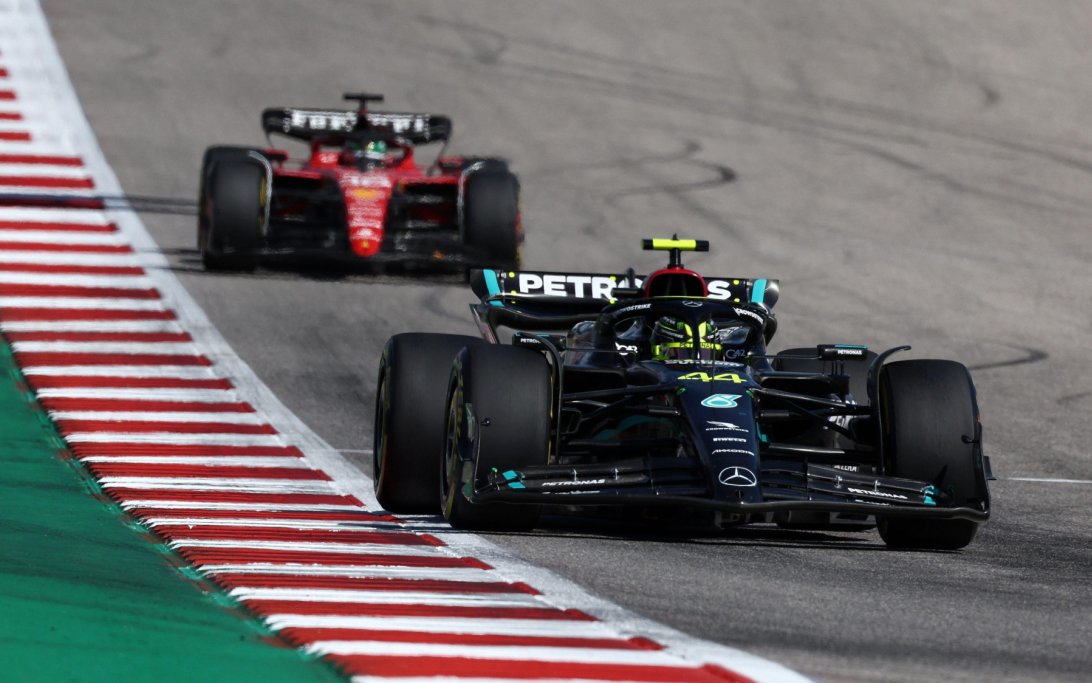
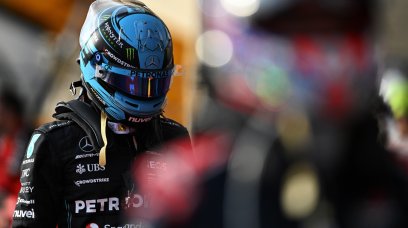

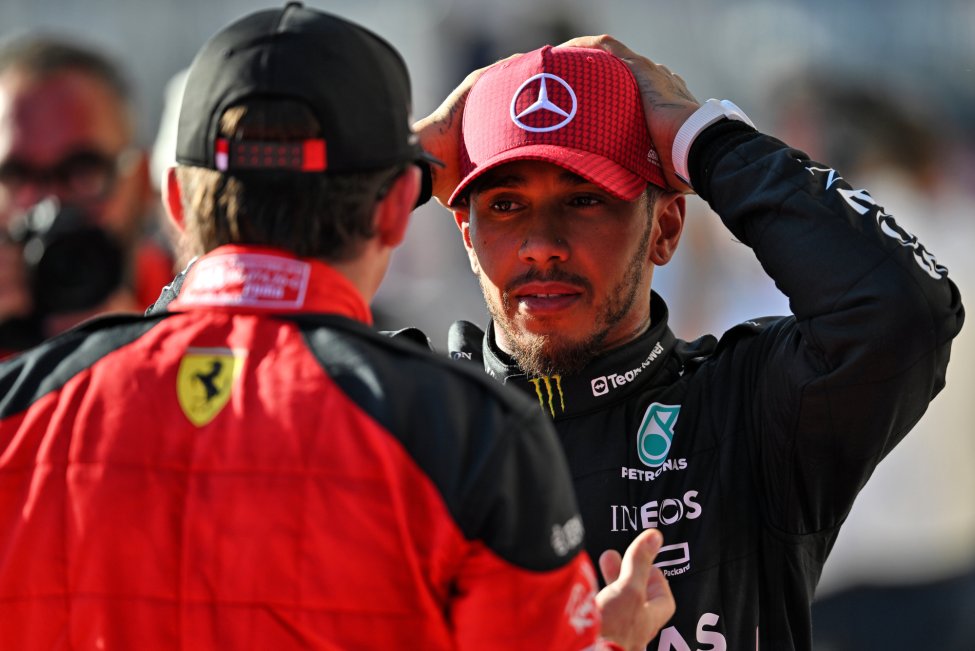
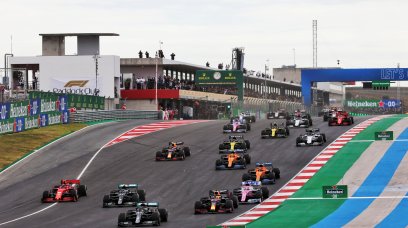



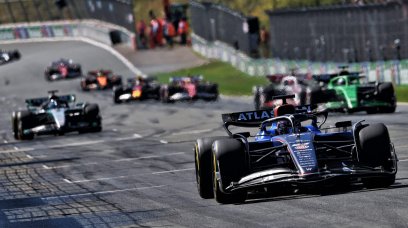
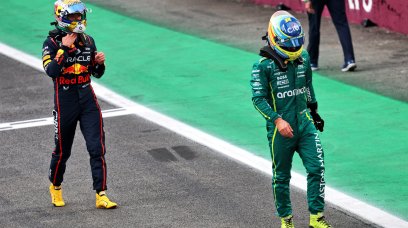
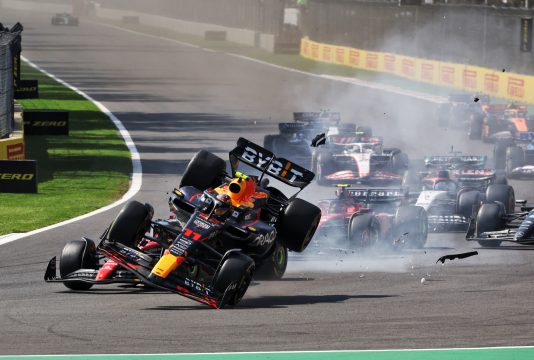
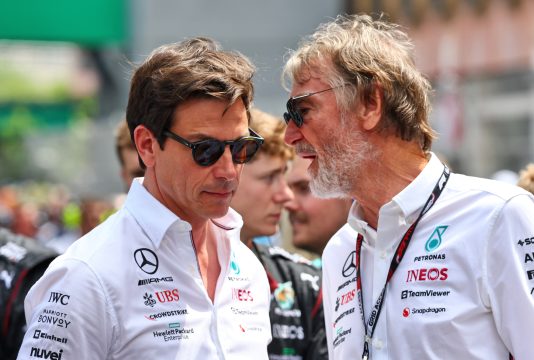
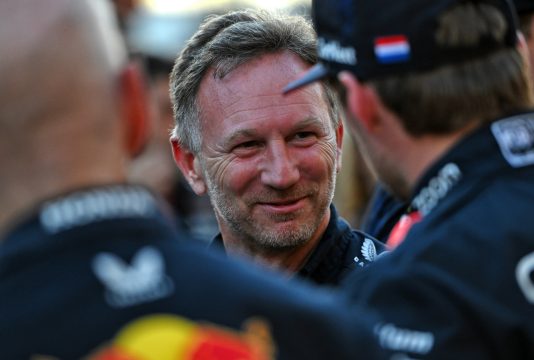
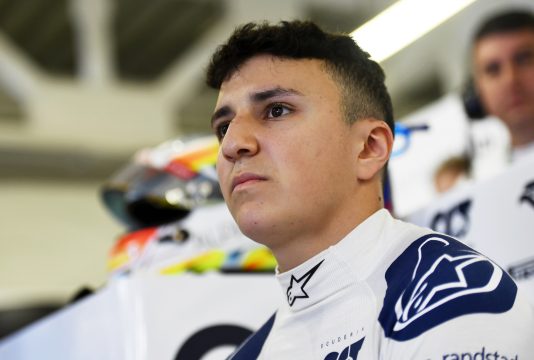

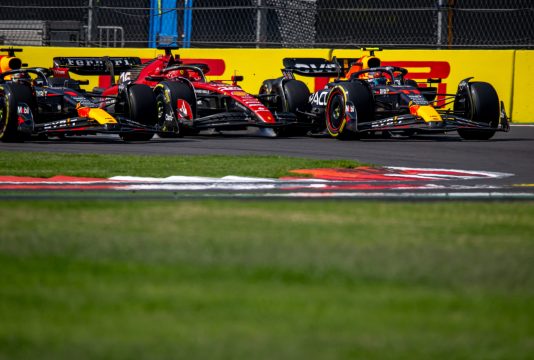

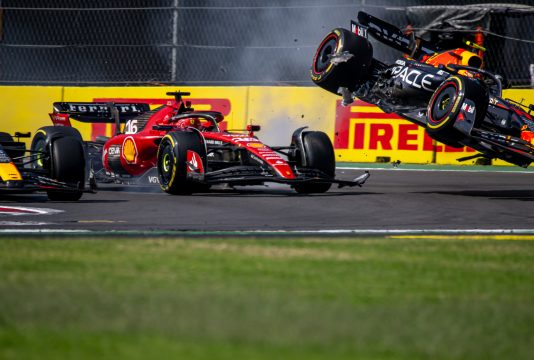
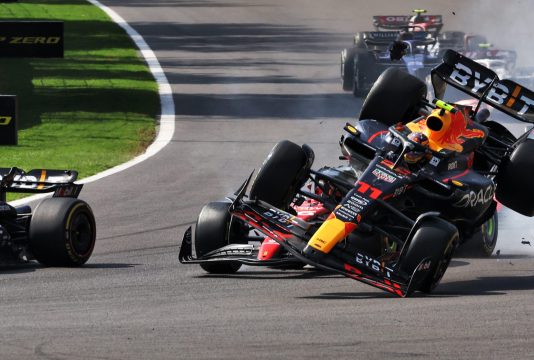
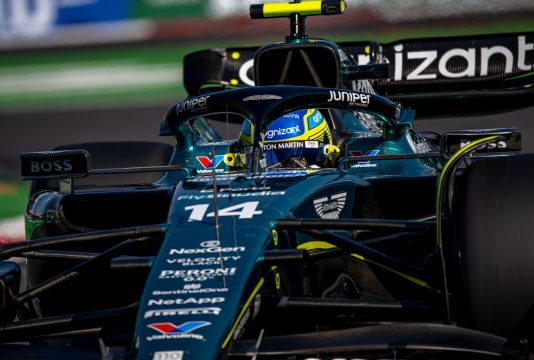
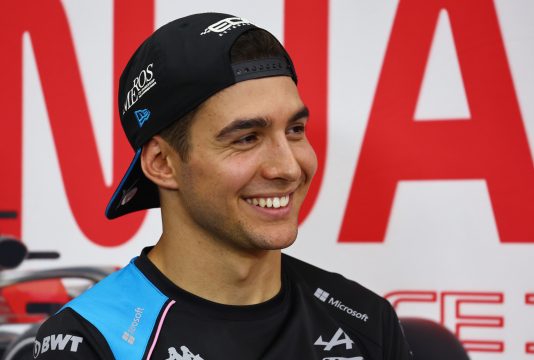
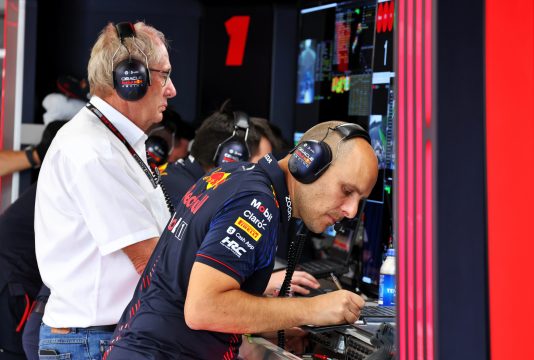
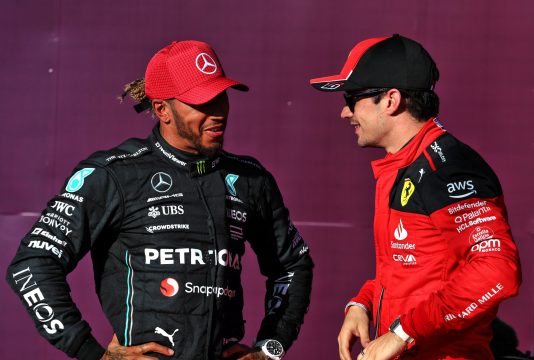
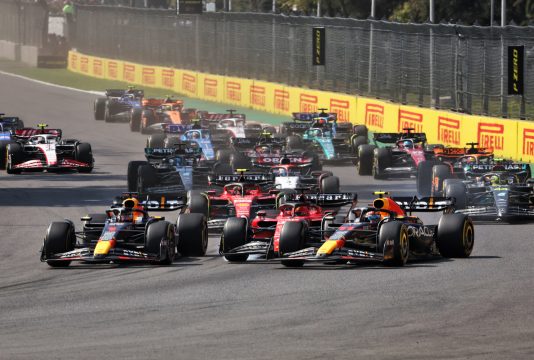

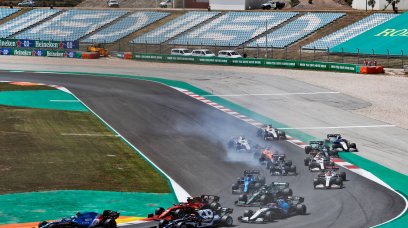

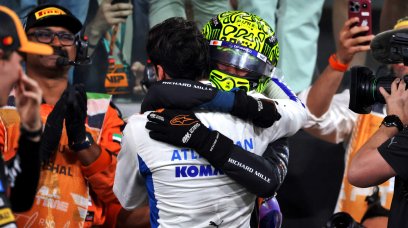
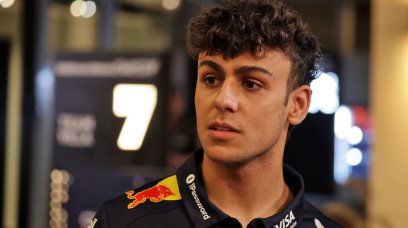
Join the conversation!